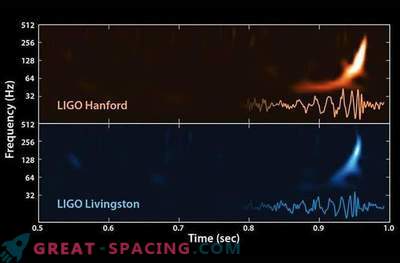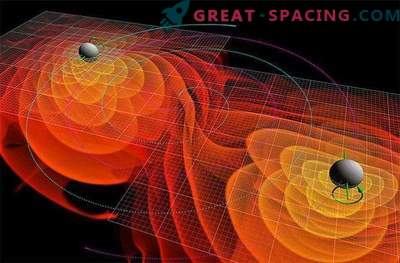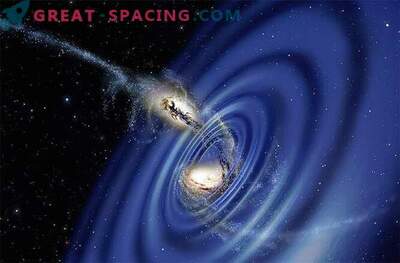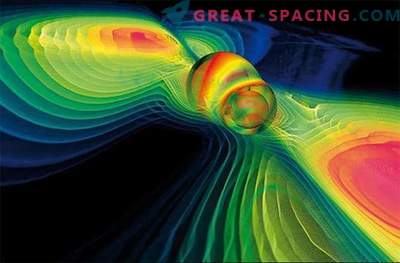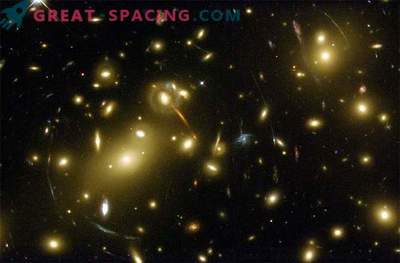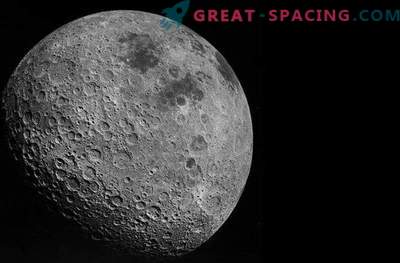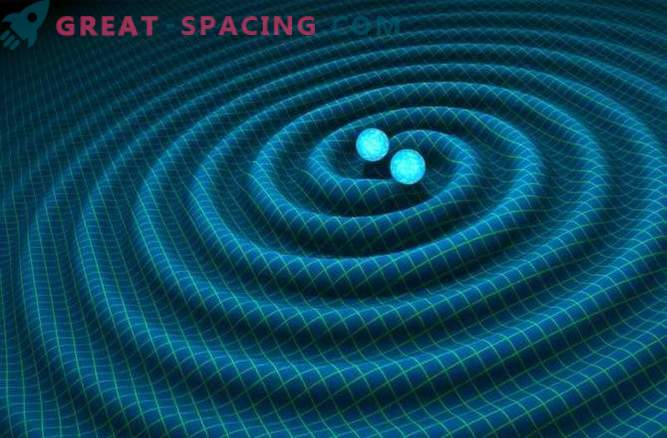
The LIGO gravity wave detector witnessed two small black holes colliding and merging into one, confirming that the initial discovery of gravitational waves was not an accident.
A few months after the historical discovery of gravitational waves, physicists did it again! LIGO discovered another black hole collision and confirmed that the first detection of gravitational waves is not a one-off.
On December 26, extremely weak space-time ripples that passed through our planet made the observatory of a laser interferometer of gravitational waves, or LIGO, listen. The detector detected a distinctive “chirping” of a gravitational wave. And this means that, again, we have witnessed a collision of catastrophic proportions.
These ripples in space-time were first introduced by Albert Einstein more than 100 years ago, when he formulated his general theory of relativity. But only now humankind has tools that can actually prove their existence. And this most recent discovery is proof that, once again, Einstein was right.
In the galaxy at a distance of about 1, 4 billion light-years from Earth, two small black holes were stuck in the inevitable gravitational spiral. Their fate was sealed: they fell closer and closer, until they quickly wrapped themselves around each other, colliding and merging as one. As with the first historical detection of gravitational waves in September, this very last signal arose from the confluence of a black hole. Interestingly, this latest event, called GW151226, included black holes that are much smaller. This pair only weighed 14 and 8 times the mass of the sun. At that time, the September event called GW150914 consisted of two merging black holes with a weight of 29 and 36 times the mass of the sun. During both events, while pairs of black holes merged on the helix principle, they deformed space and time, creating gravitational waves. During the collisions, the “new”, more massive black holes that emerged from the collisions and information of these mergers had signals in their coded waves, which we were able to detect and decipher.
The December event created a new black hole in 21 solar masses. But during the collision, the entire solar mass was converted from matter to energy, causing powerful explosive gravitational waves in intergalactic space.
“It is very important that these black holes were much less massive than those observed when they were first detected,” said Gabriela González, a spokeswoman for LIGO Scientific Collaboration (LSC), in a statement. “Because of their lighter masses, they spent more time (about one second) in the sensitive area of the detectors. This is a promising start to help document black hole populations in our universe. ” LIGO consists of two “L” (lasers) -shaped detectors located in Louisiana and Washington, just under 2000 miles from each other. Each building consists of two perpendicular 2, 5 km tunnels that have extremely sensitive laser interferometers. The project, funded by the National Science Foundation and managed by Caltech and MIT physicists, was upgraded to sensitivity last year, which allows Advanced LIGO to detect even very slight fluctuations in spacetime, such as the gravitational waves that swept us.
And the “weak” is putting it mildly. Advanced LIGO can detect the slightest curvature with an accuracy of 10,000 times smaller than the width of a proton.
The second discovery “really put“ O ”as an observatory at LIGO,” said Albert Lazzarini, deputy director of the LIGO laboratory at Caltech. “With the discovery of two powerful events within four months of our first launch, we can predict how often gravitational waves can be heard in the future. LIGO brings us a new way to observe some of the darkest and most energetic events in our universe. ”
For the first time, humanity got an idea of a “dark” universe, an area that is still invisible to us. The collision of two black holes does not necessarily generate any emissions in the electromagnetic spectrum (that is, light). So traditional astronomy, for the most part, cannot be a witness to these events. But LIGO "feels" the movement of space-time, looking for when these violent collisions occur. “With the advent of Advanced LIGO, we expected researchers to ultimately succeed in detecting unexpected events, but these two events still exceed our expectations,” said NSF (National Science Foundation) director Frances A. Cordova.
Now Advanced LIGO has become sensitive enough to detect the most powerful gravitational phenomena in the Universe. As it becomes more and more sensitive, it is difficult to predict what else we will find in the gravitational night.


